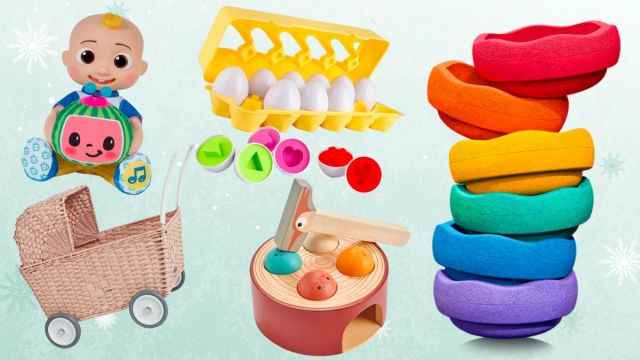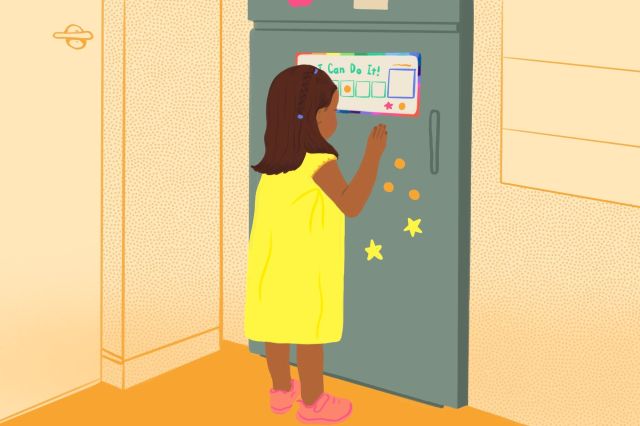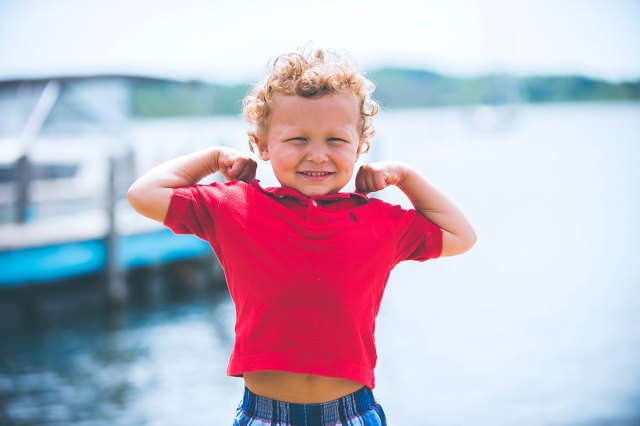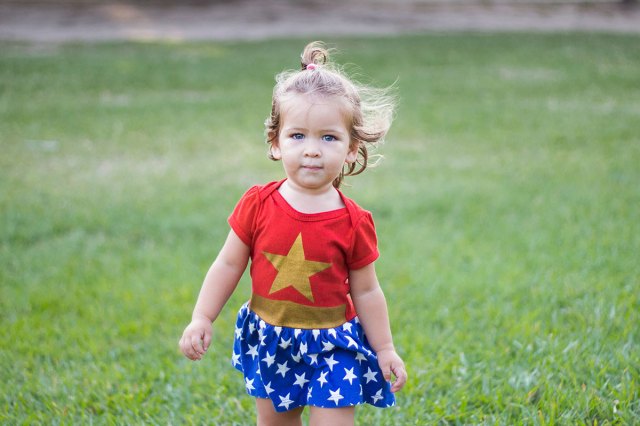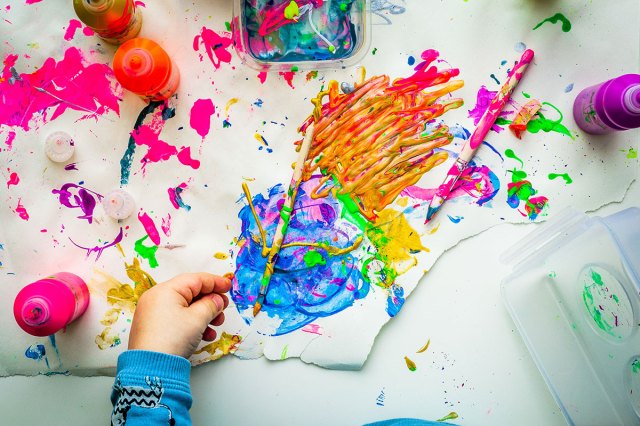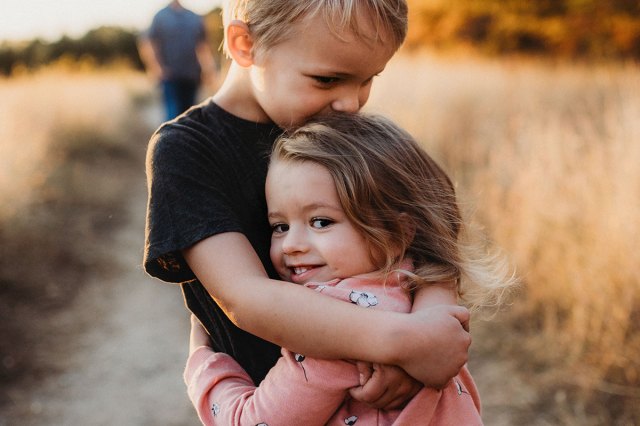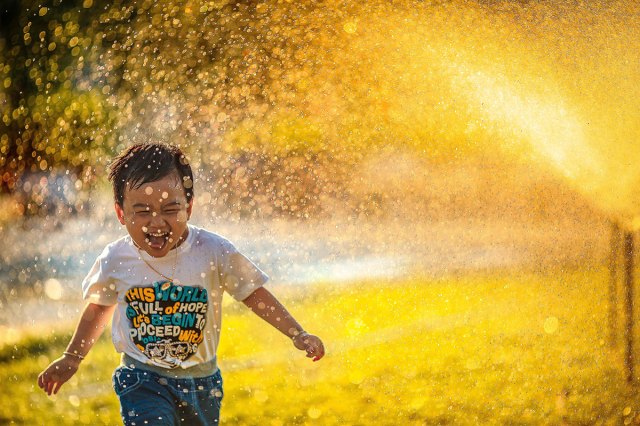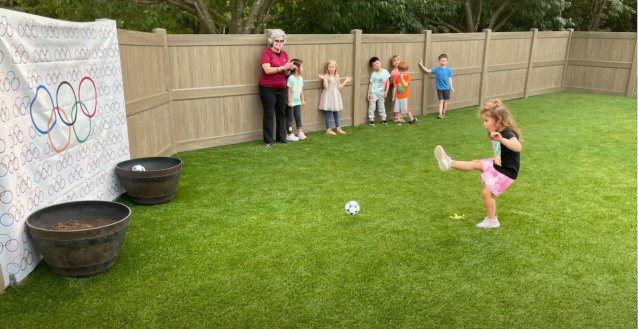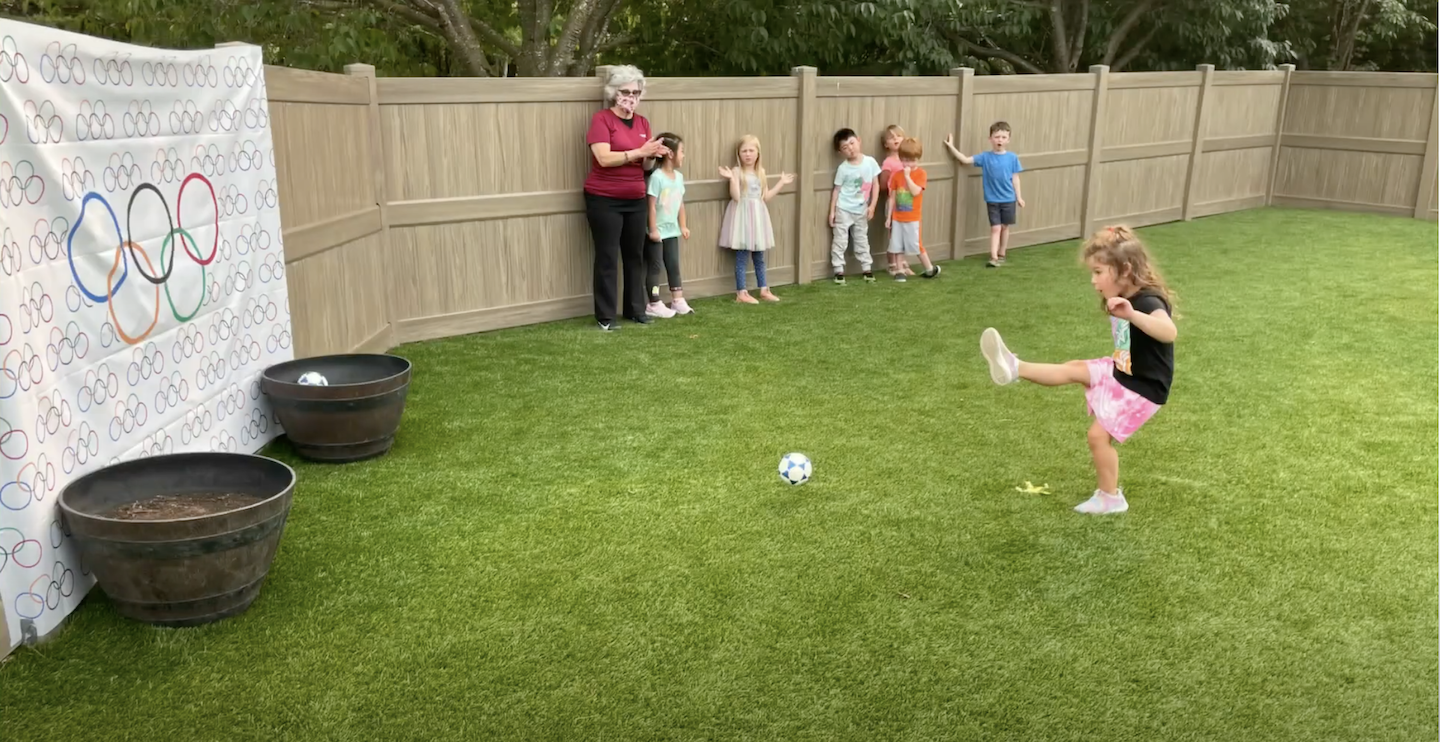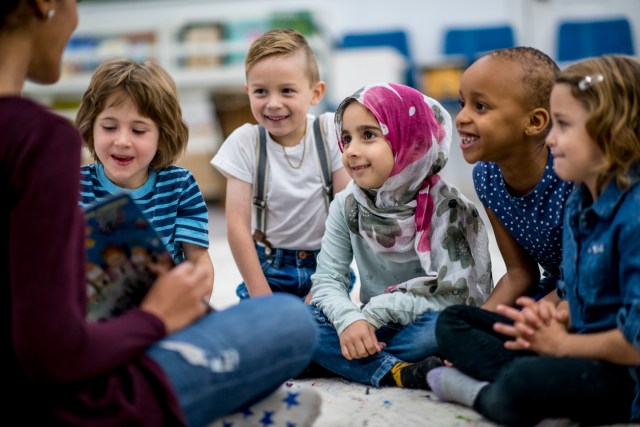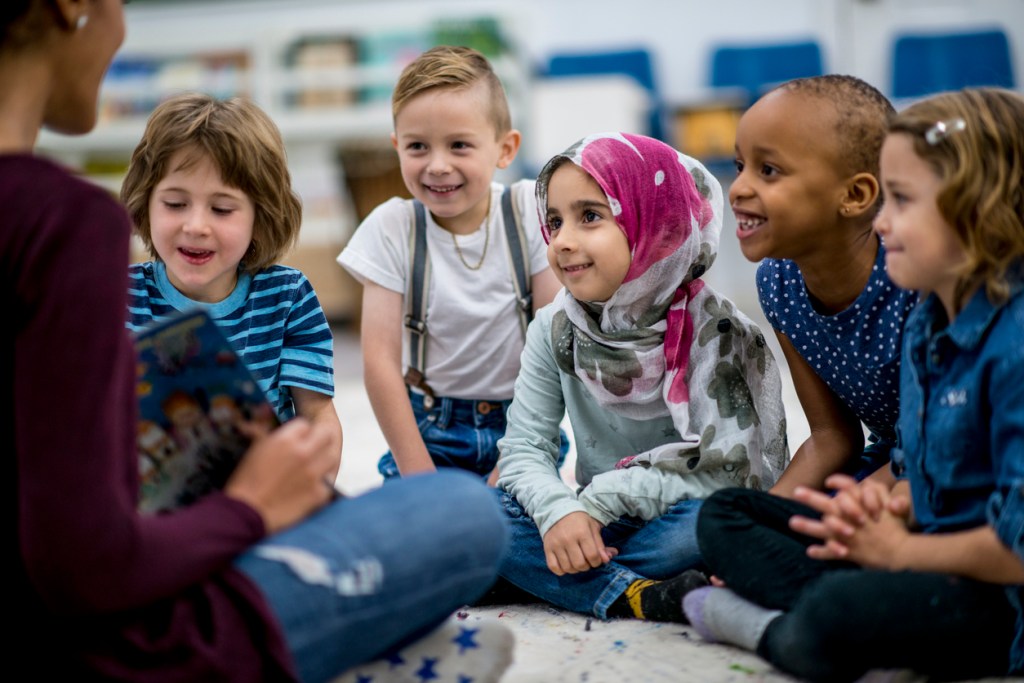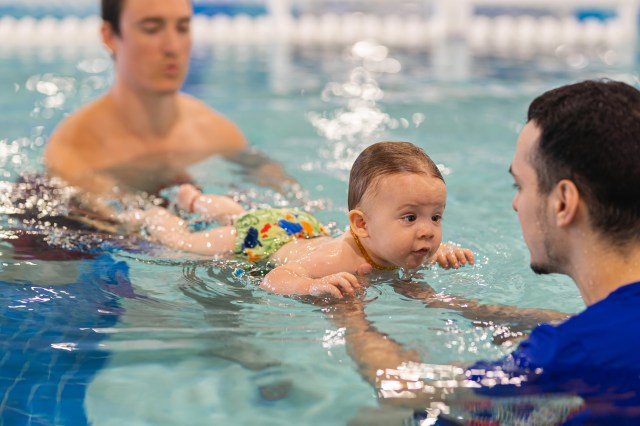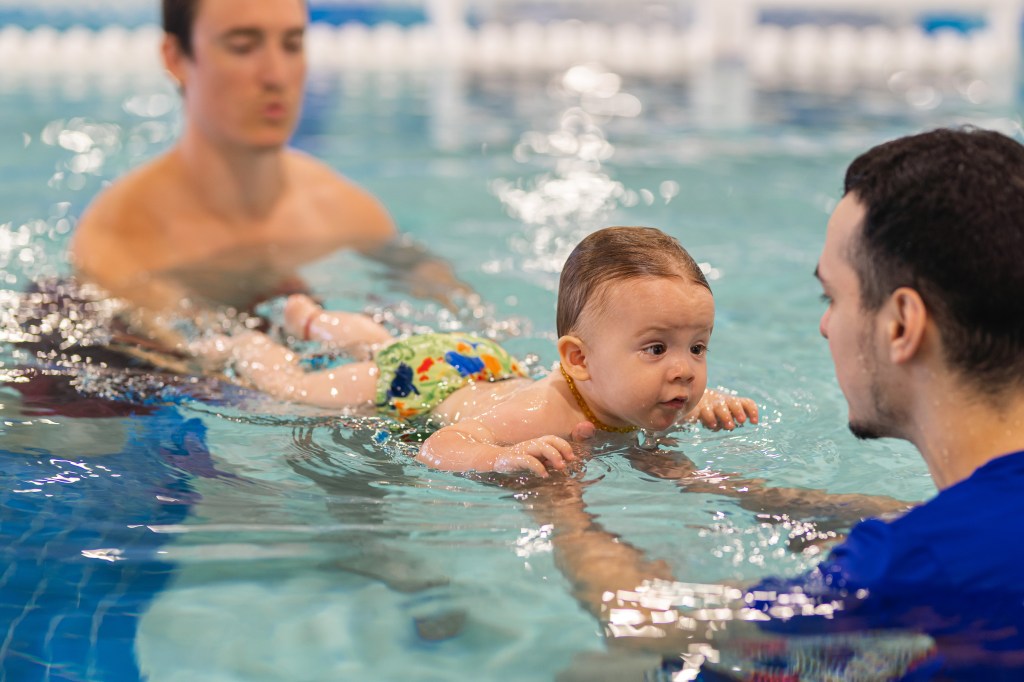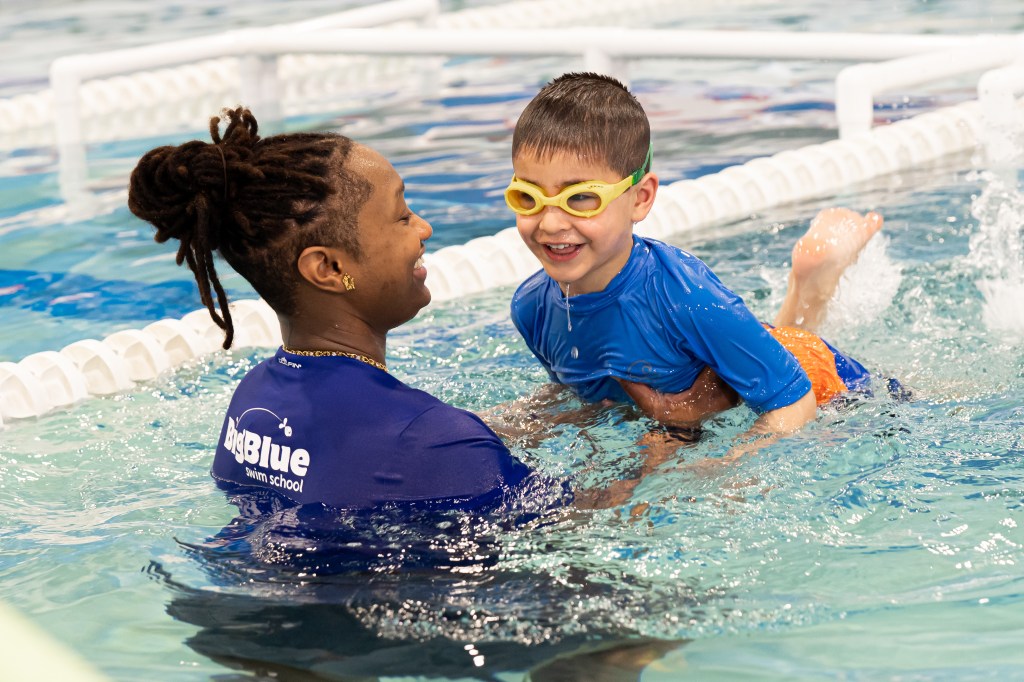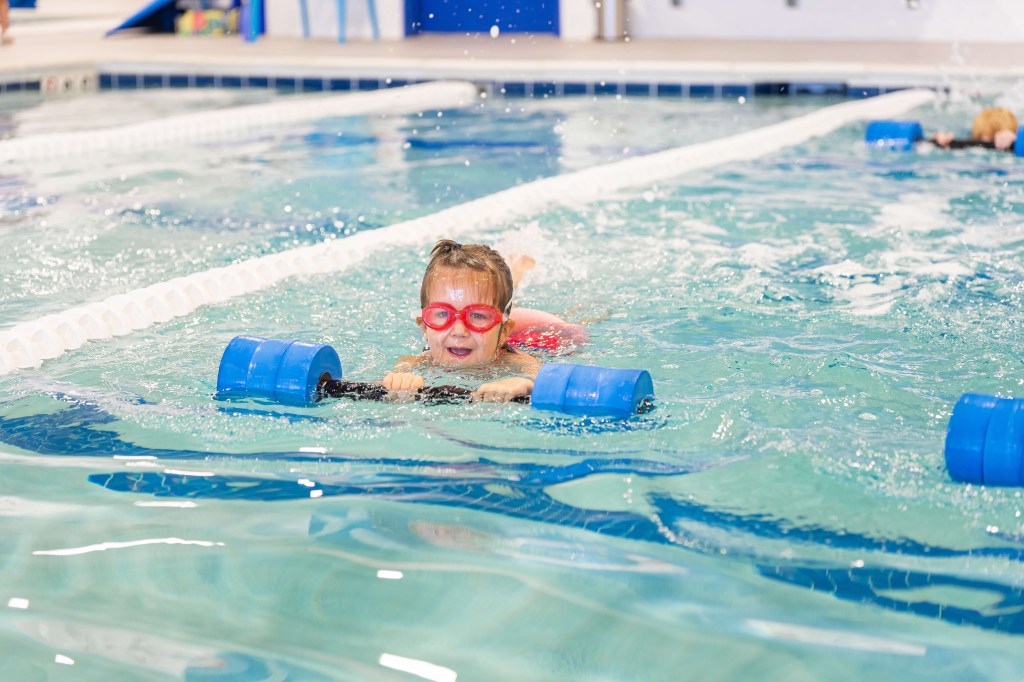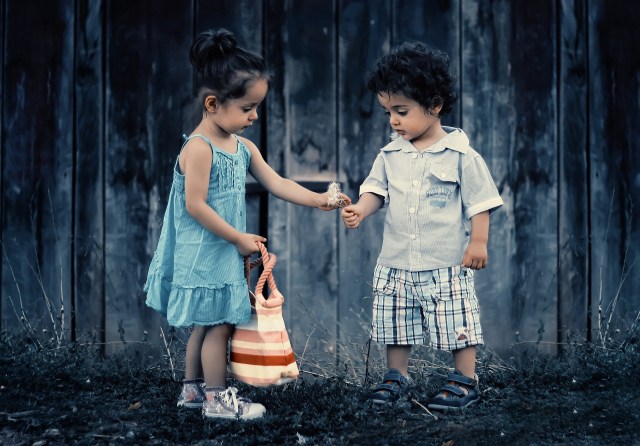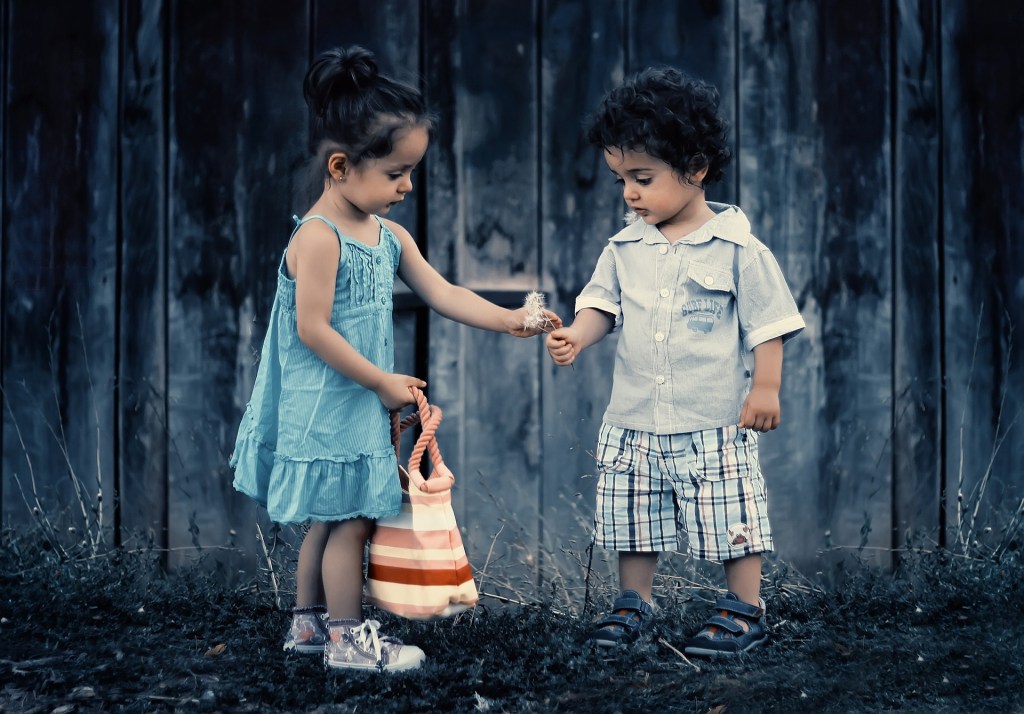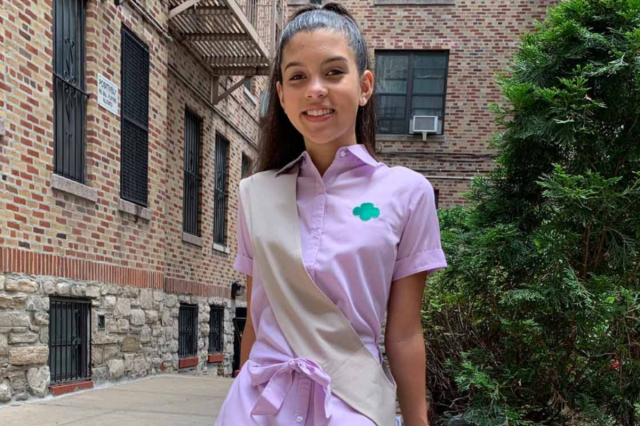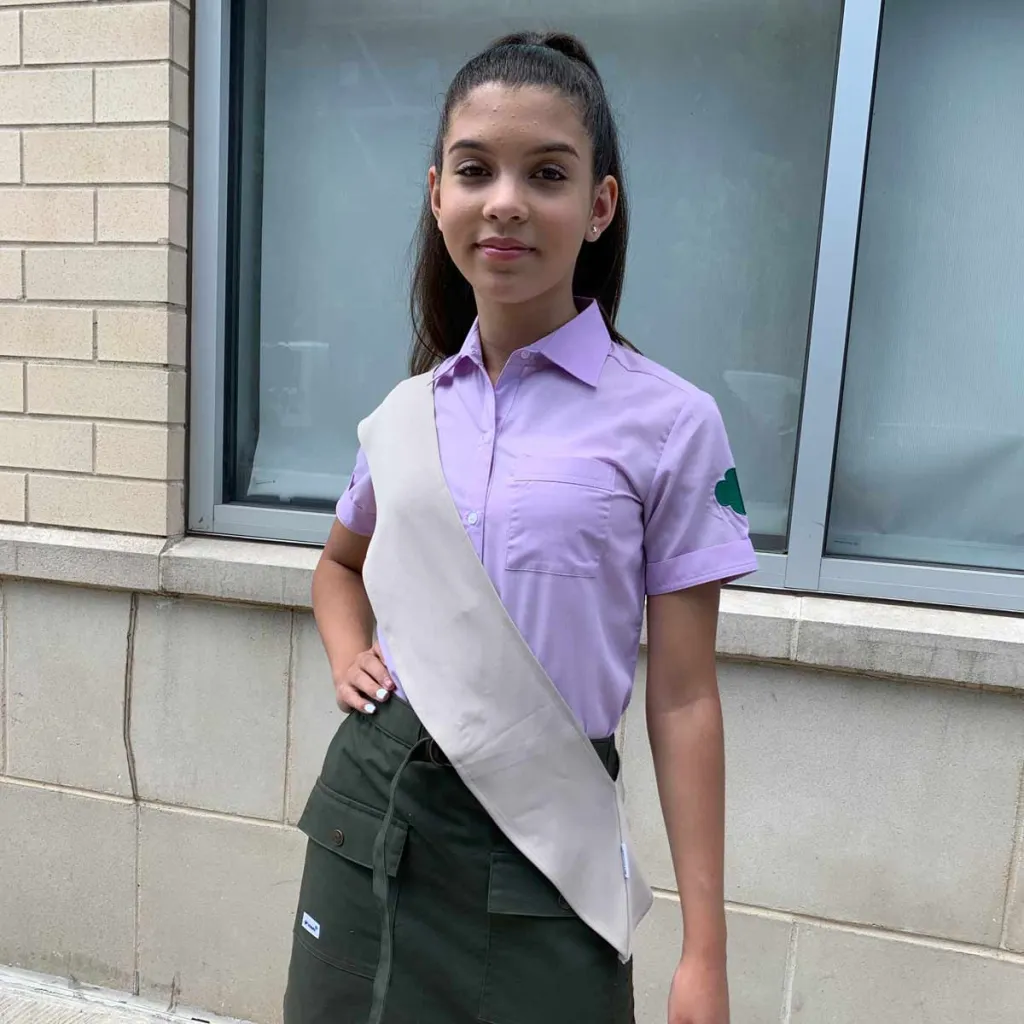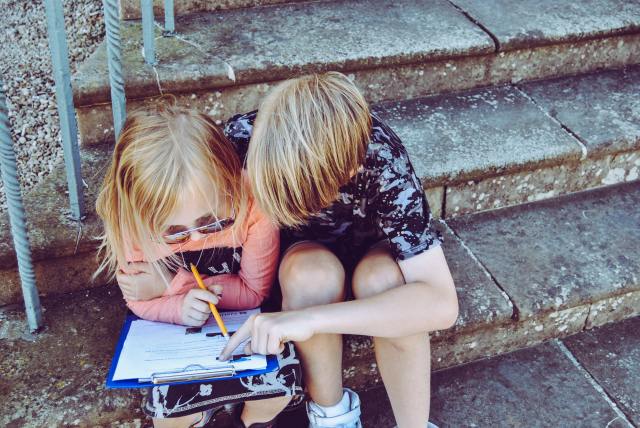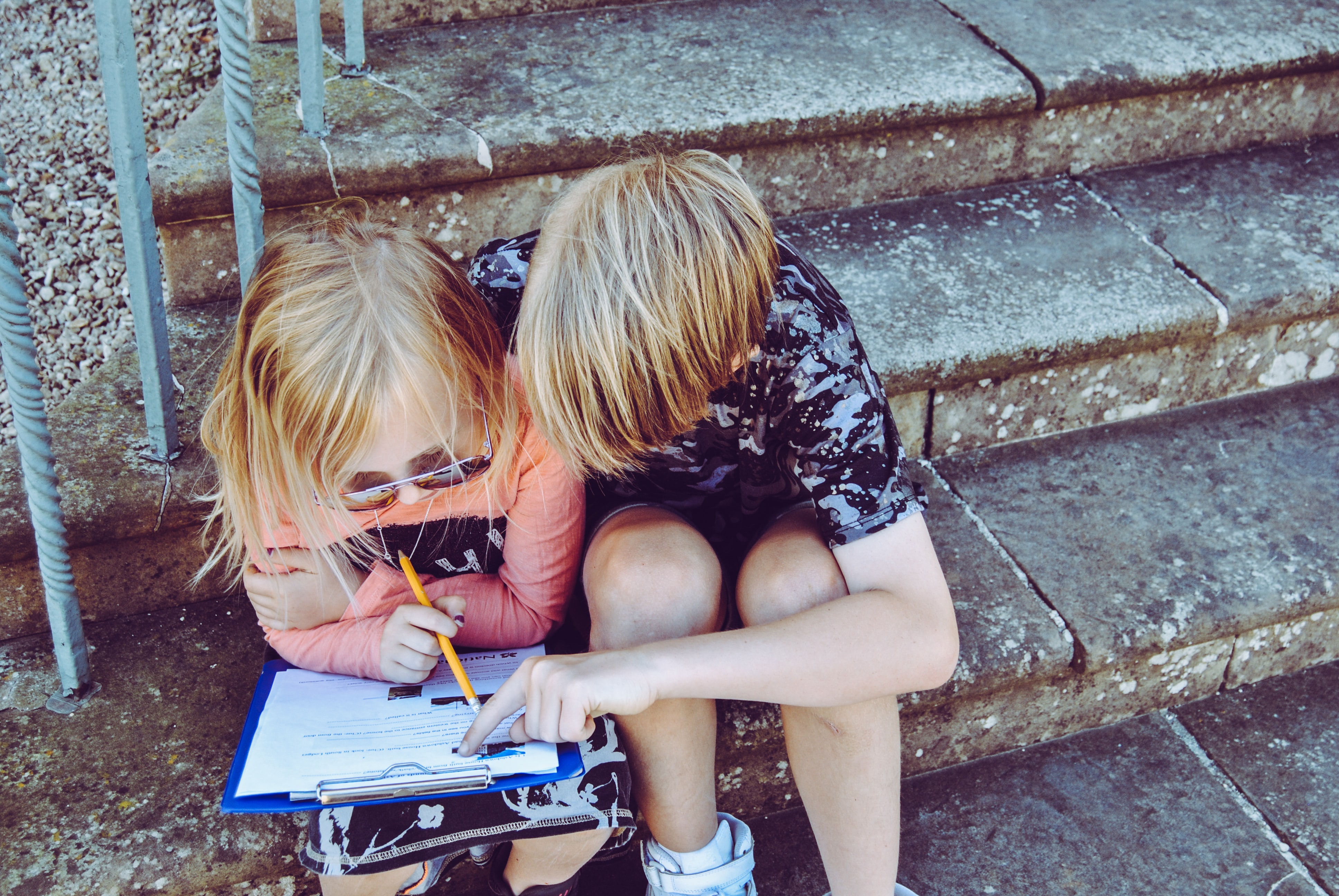Little ones can be tricky to buy for. Well, unless you have our guide to gifts for toddlers
They’re not babies, and they’re not quite little kids. Our 18-24 month littles are at a special age where they’re exploring everything, eager to learn, and ready for anything. So, if you’re having trouble coming up with presents for them, you’re not alone. We’ve rounded up some of the best gifts for toddlers this season to make your job as Santa much easier.
There are puzzles, sweet stuffies, and even enchanted silk scarves. Of course, there are also the classics like a play barn, a soft baby doll, their first tea set, and Mickey even makes an appearance. Combining well-known characters and some new friends, we made sure there’s something for every kiddo on our list. We’re pretty sure you won’t have to look further than this list to create a magical holiday. Read on for our picks for gifts for toddlers.
LeapFrog Build-a-Waffle Learning Set
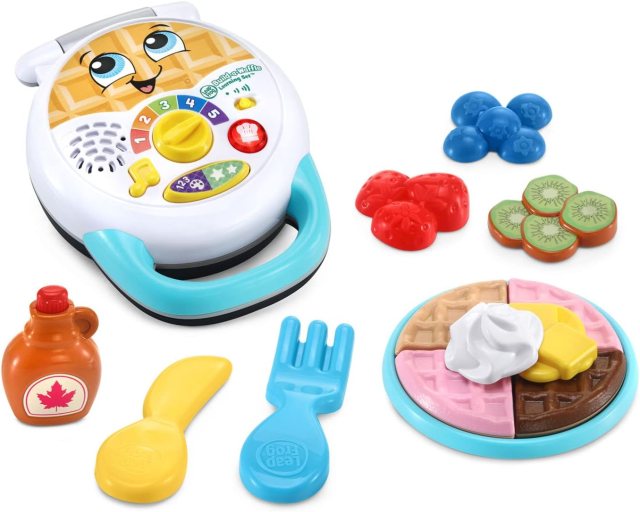
Their favorite breakfast will easily become their new favorite toy that teaches them colors, numbers, and following directions.
Playmobil Mickey & Minnie's Cloud Home
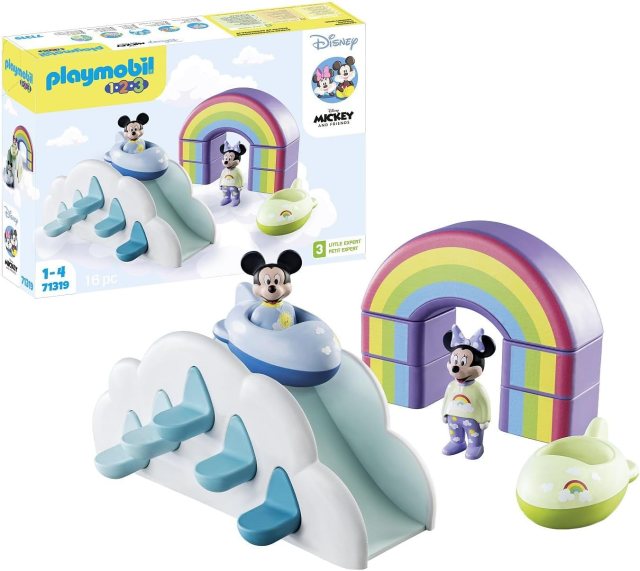
Mickey and Minnie spend their days playing on rainbows and riding on clouds in this adorable set.
Spelling with 'Sesame Street' Zippy
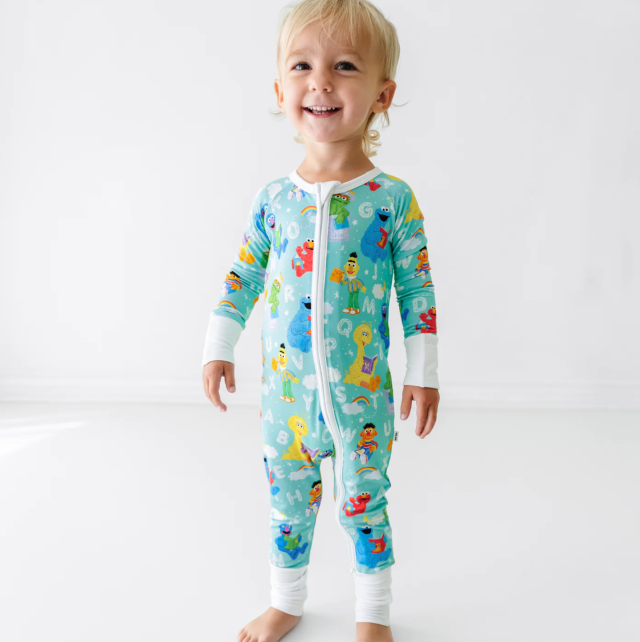
Their favorite friends are all cozying up to their bedtime stories on these absolutely darling pajamas. They're created with Little Sleepies' famous Lunaluxe Bamboo.
Learning Resources Deluxe Market Set
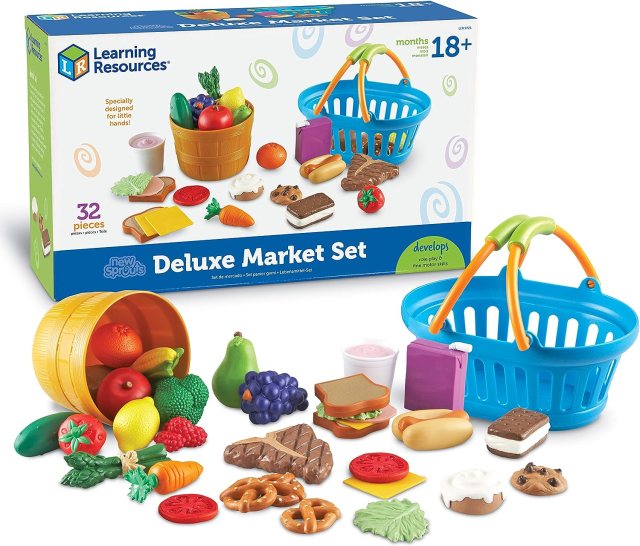
Playing shop, identifying different foods, counting—there's so much to learn with this market set.
CoComelon Peek-a-Boo JJ Plush
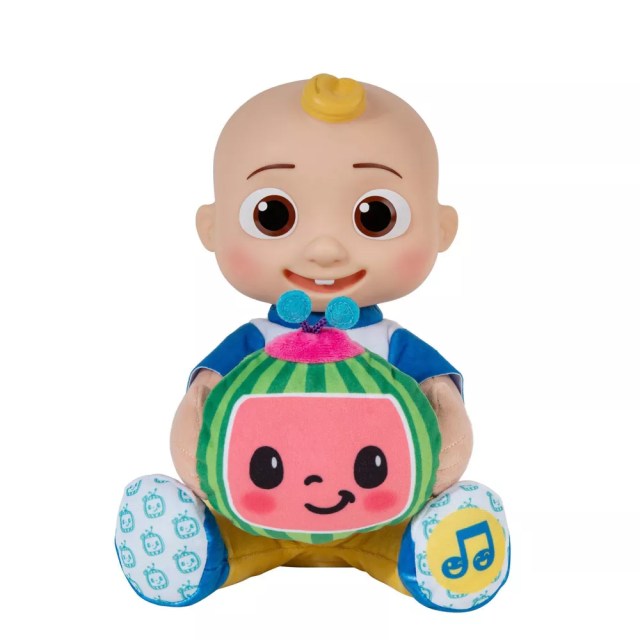
JJ's 17 sounds and phrases add to the peek-a-boo fun.
Olli Ella Strolley
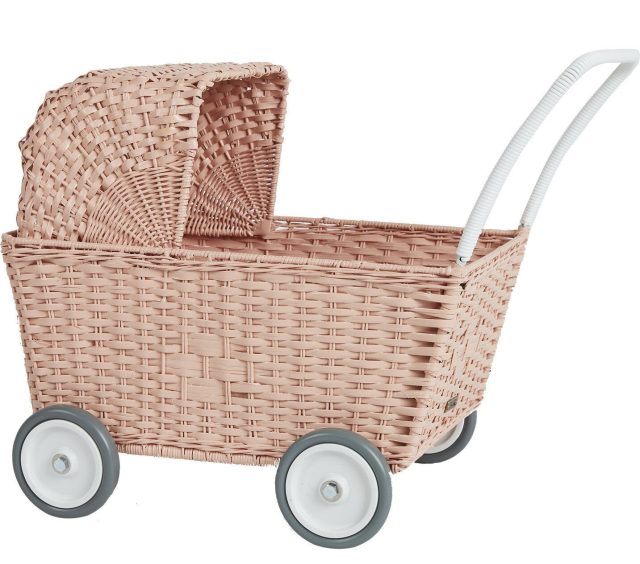
It's a stroller and a trolley. Made of handwoven rattan, little ones just need to flip the lid and they can go from strolling their stuffed animals around to doing the shopping.
Mud Pie Tea Set
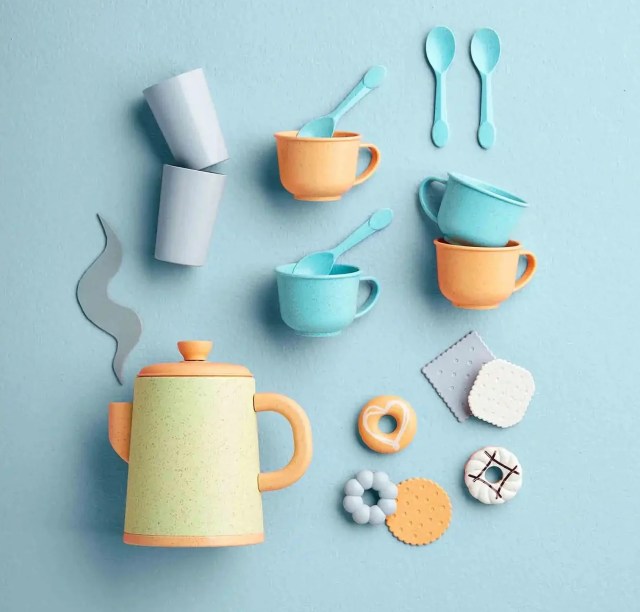
This sweet 18 piece tea set made from recycled wheat straw that's perfect for the beach, the tub, or sandbox.
Dozy Dinkums Pip Doll
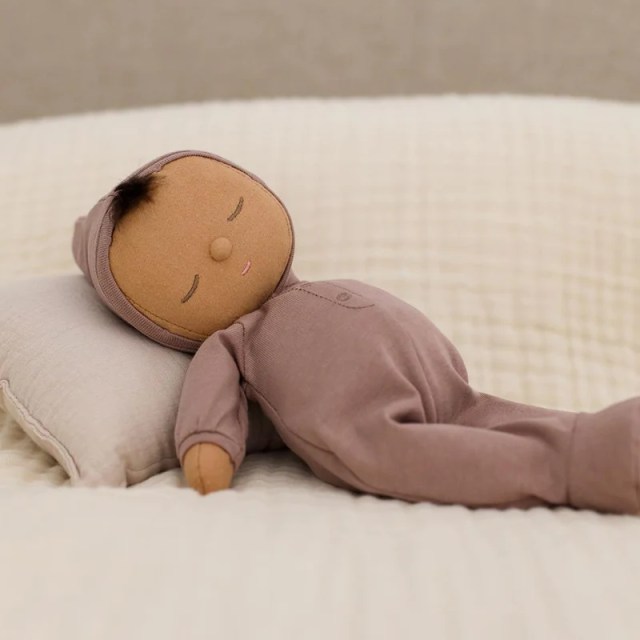
It's your baby's first baby—squishy and soft enough for playing and cuddling. We're partial to Pip, but there are lots of Dozy Dinkums to choose from.
Battat Classic Barn Playset

Complete with farmer, animals, and carry handle, they can tote this barn set anywhere.
Stapelstein Stepping Stones
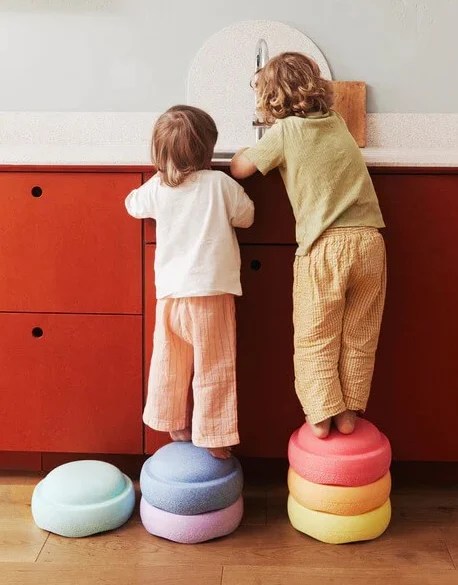
Stapelstein Stepping Stones are the original play 'stones'. They're soft, stackable, sturdy, and can be used in a ton of imaginary ways to get your little one's creativity flowing (plus, they're really convenient to use as seats, stools, or steps). Available in Original Rainbow or Pastel.
LEGO DUPLO My First Number Train
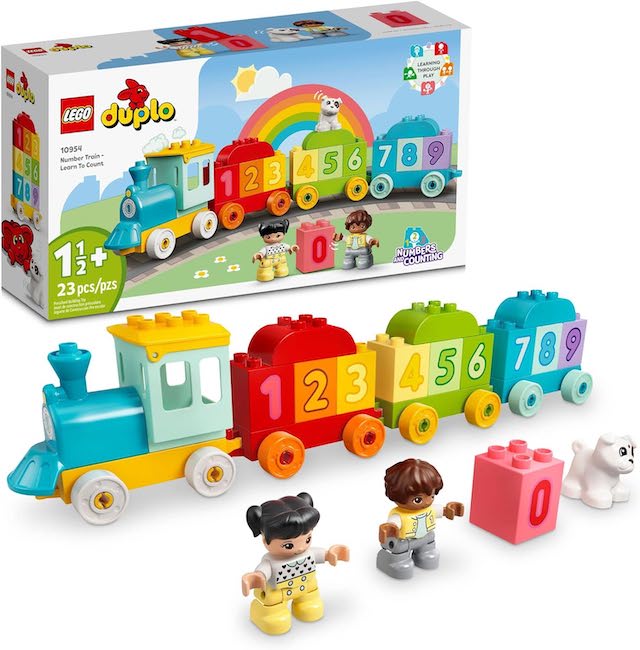
This starter DUPLO set pulls off a holiday gifting hat trick: It's a building toy, a vehicle (and we all know how much toddlers love pushing around anything on wheels), and it helps introduce them to numbers.
5-Star Little Climber by Lily & River
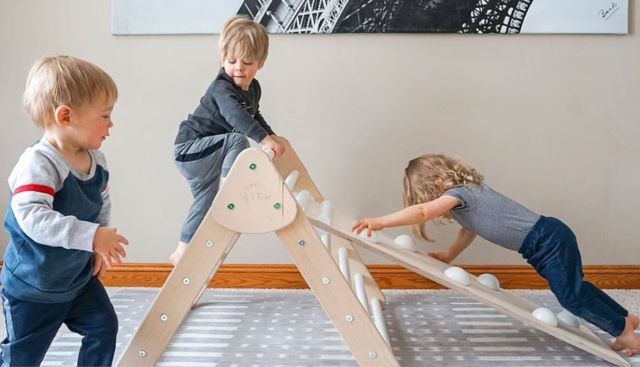
The 5-Star Little Climber enhances your kiddo's motor skill development, balance control, creativity, and grows with them up to age 5.
'"Slowly, Slowly, Slowly" Said the Sloth' by Eric Carle
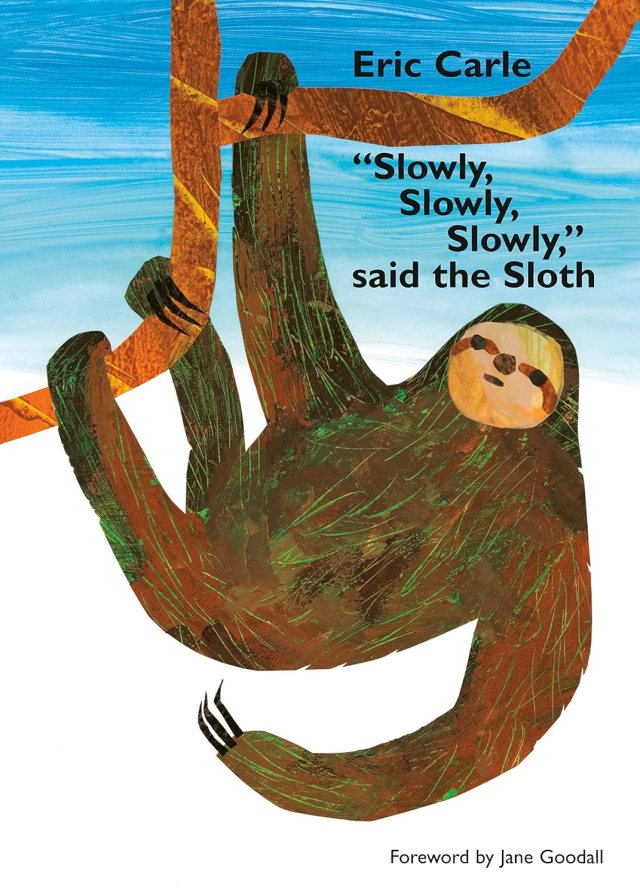
In the style that only Eric Clare can create, this book teaches kiddos to take their time.
"Slowly, Slowly, Slowly" Said the Sloth by Eric Carle ($8.49)—Buy Here!
Sarah's Silks Enchanted Mini Playsilks
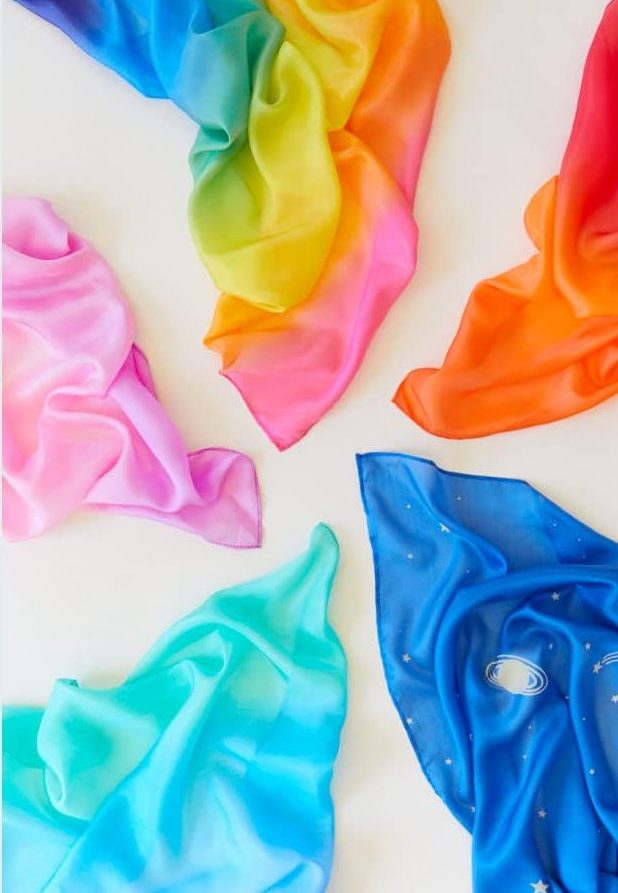
Sarah's Silks is all about open-ended play. Tactile toddlers will love the lightweight, floaty fabrication that lets them create and play for hours. These Mini Playsilks grow with them, long after they're done playing.
Silicone Play Kitchen Set
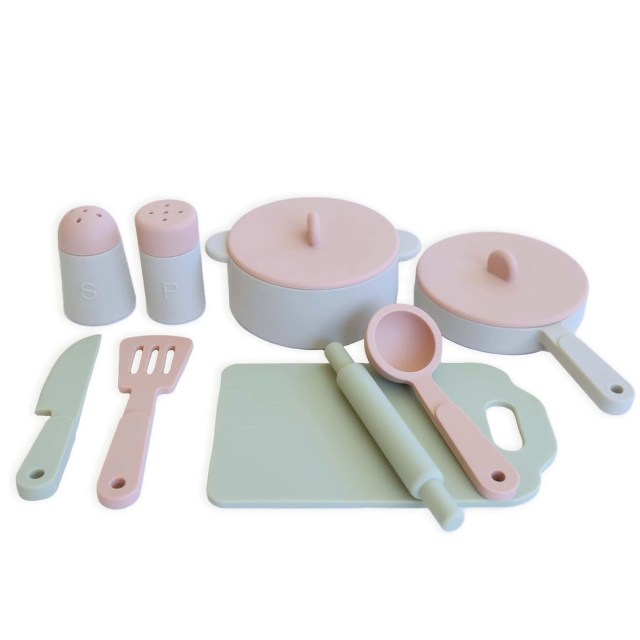
The best thing about silicone toys? They're dishwasher-safe and quiet! We love a great kitchen set for open-ended imaginative play, especially when you're trying to get stuff done in the kitchen and your mini-me wants to join in.
Caden Lane Silicone Play Kitchen Set in Garden ($38.00)—Buy Here!
Flybar Play-Doh Ride-On Activity School Bus
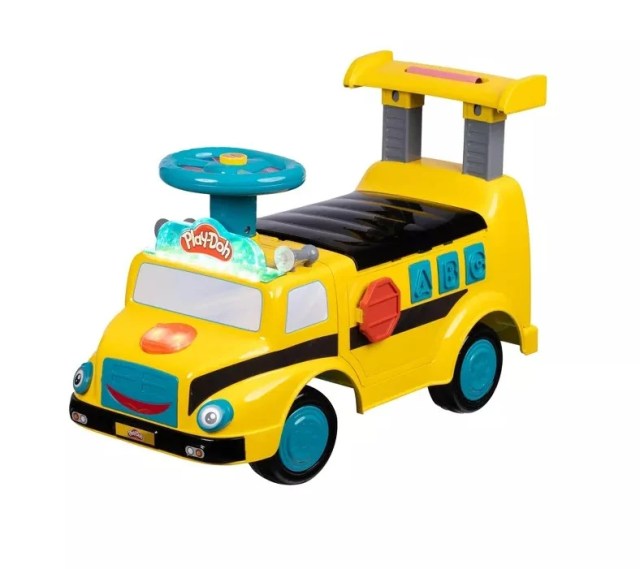
The Play-Doh Ride-On Activity School Bus includes 3 cans of Play-Doh, 10 numbers stamps, 6 shape cutters, and 1 roller. Just lift up the ride-on seat to reveal the play set.
Flybar Play-Doh Ride-On Activity School Bus ($49.99)—Buy Here!
Glo Pals Sensory Play Jar
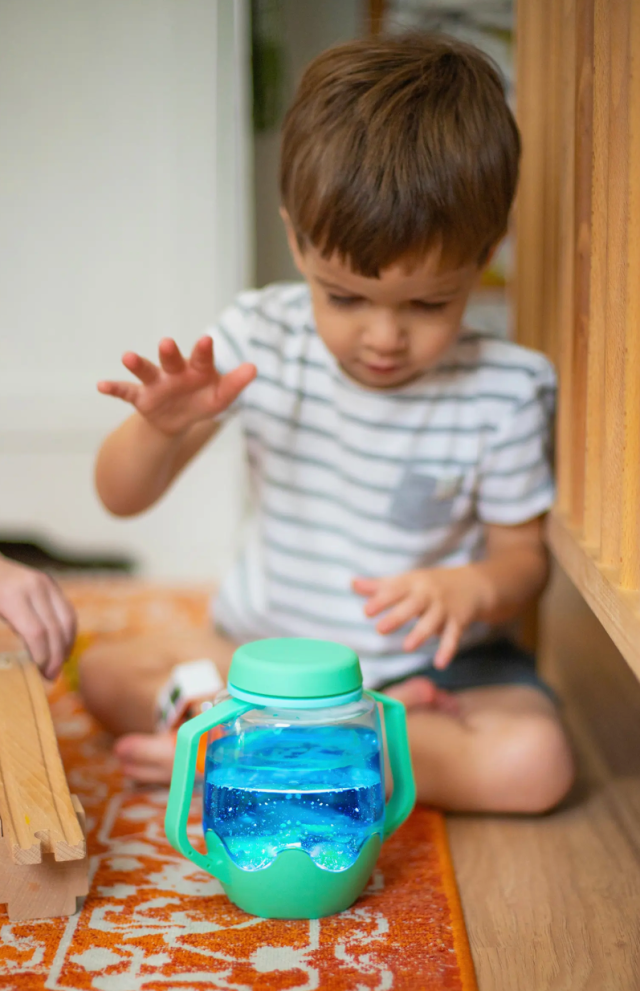
Just add water and watch the customizable and interactive sensory jar come to life.
Cuddle + Kind Baby Koala
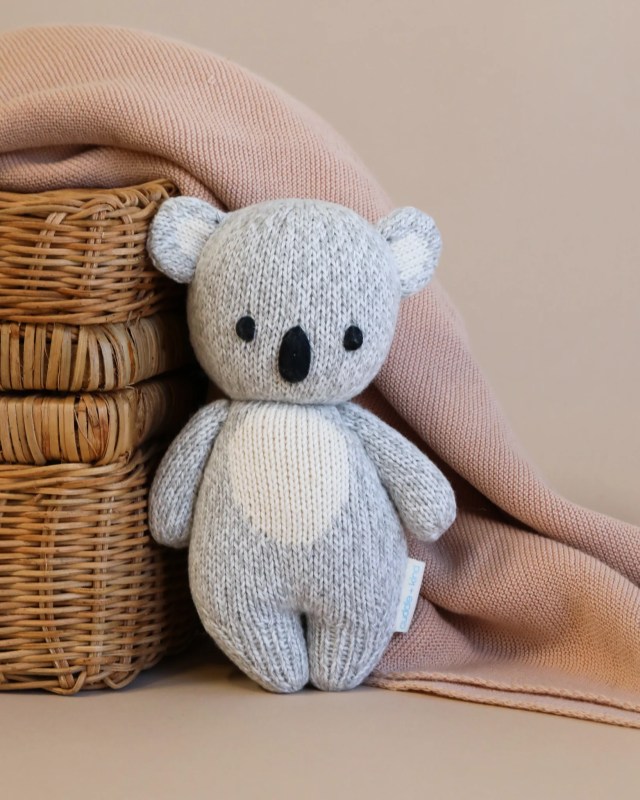
This baby koala is so precious. Made from natural Peruvian cotton yarn, not only is it soft and collectible; it's heirloom-quality, so they'll have something to treasure for years.
Little Tikes Rainbow Remix Music Player
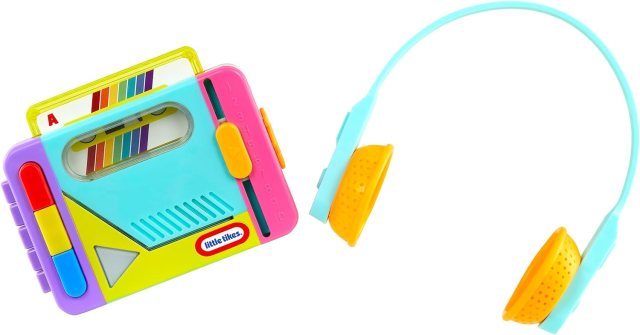
Your little one will love this cute vintage-style music player, complete with rainbow light show, music, and color call-outs (not to mention headphones).
Jumlys Montessori Puzzle
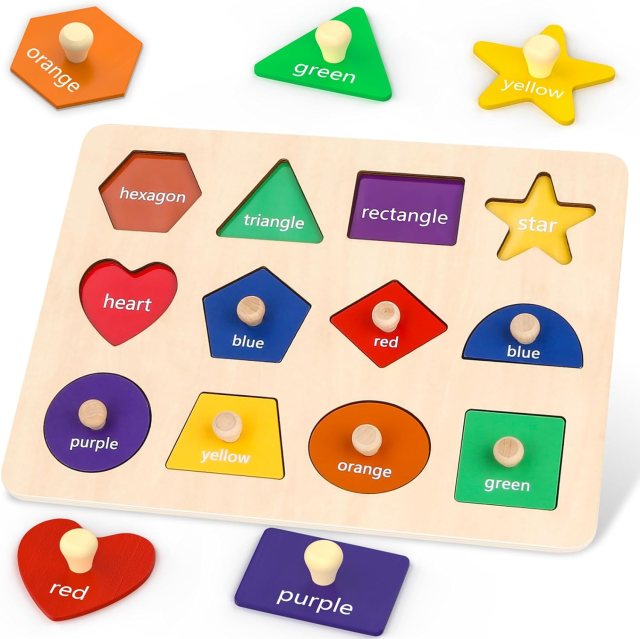
Ready to introduce colors and shapes? This 12-piece wooden peg puzzle is the perfect place to start.
Bricklettes Starter Set

Remember those old-school bright cardboard bricks? They got an update with Bricklettes. They fit into your home's decor and the starter set of 10 is great for kiddos who have just started stacking.
Woodpecker Game
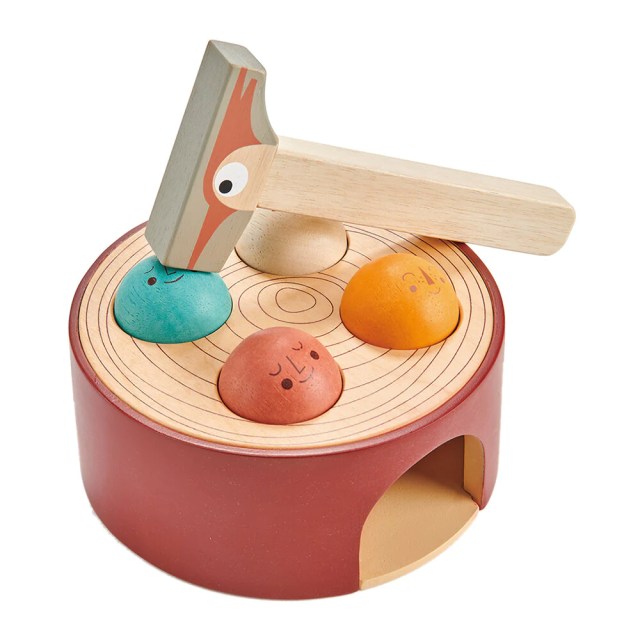
Have a toddler who's into bashing all the things? This hammer game is not only really darling, it's also ideal for active minis.
Green Toys Ferry Boat
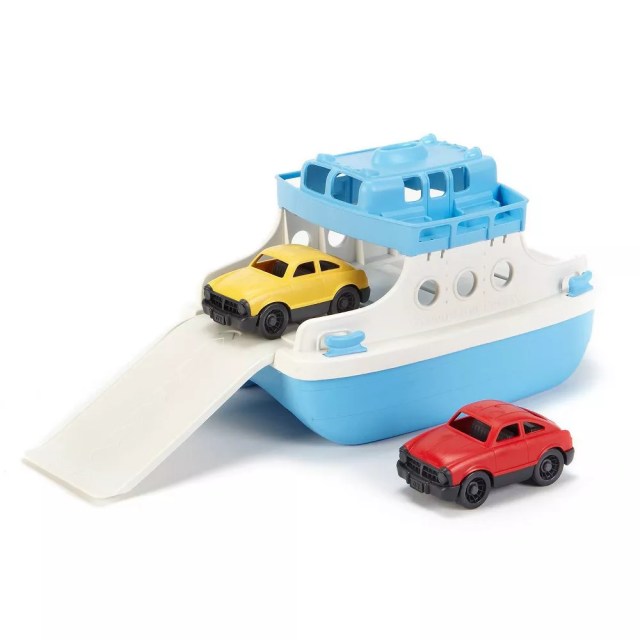
We love that this ferry boat is made of recycled milk jugs, and it's so easy to clean. It can even go in the dishwasher.
Matching Eggs 12pc Set
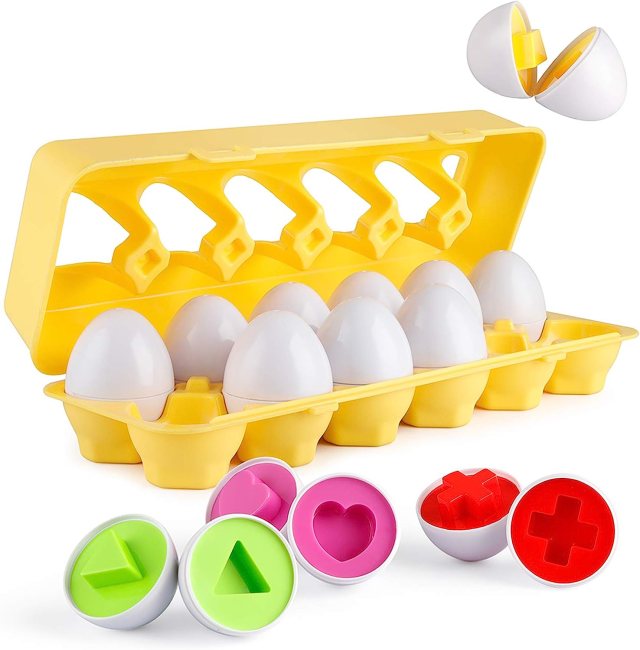
How adorable is this set of color and shape matching eggs? The little egg holder is a winner, too.
Wooden Baby Birdi Puzzle and Stacking Toy
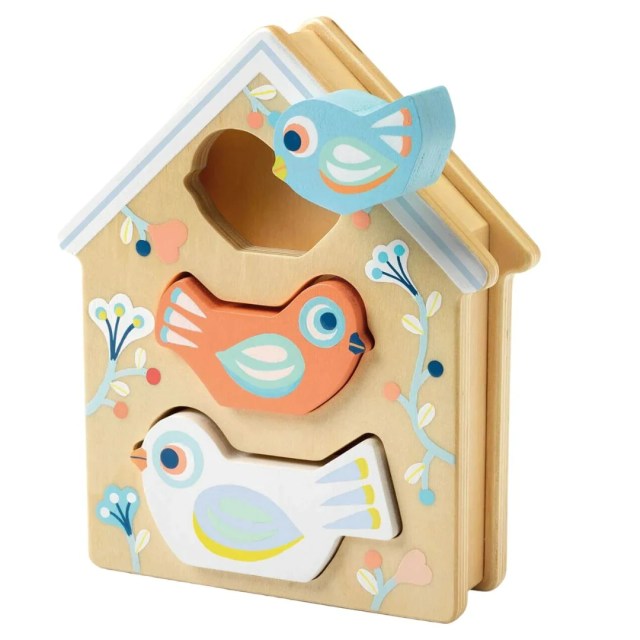
This darling little learning toy is a great first puzzle, plus it's a lovely addition to nursery/bedroom decor.
Wooden Baby Birdi Puzzle and Stacking Toy ($16.00)—Buy Here!
All the products listed are independently & personally selected by our shopping editors.
If you buy something from the links in this article, we may earn affiliate commission or compensation. Prices and availability reflect the time of publication.
All images courtesy of retailers.
